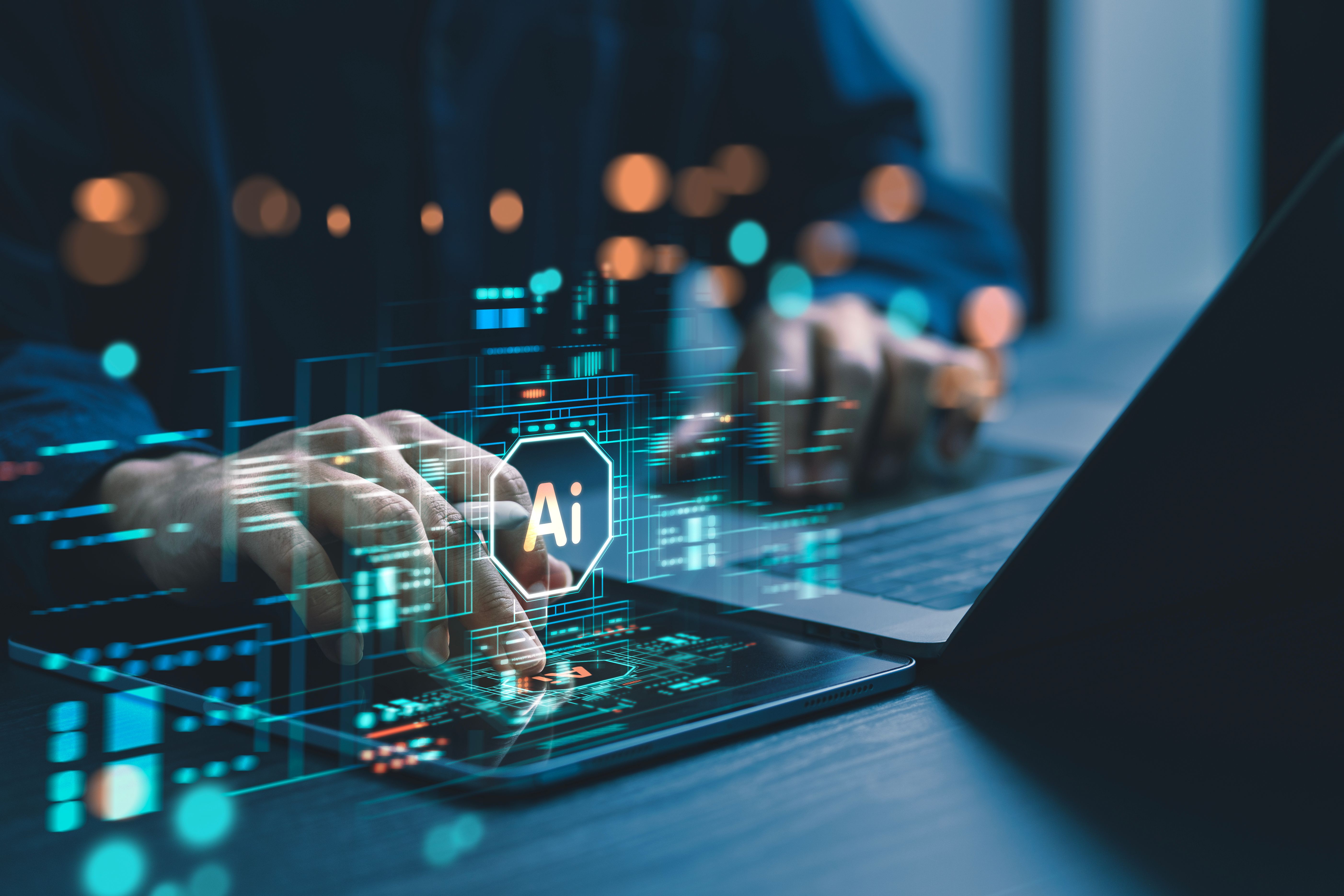Future-Proofing Your Workforce: Essential Guide to Upskilling in the Age of AI
Understanding the Need for Upskilling
In the rapidly evolving digital landscape, the integration of artificial intelligence (AI) is transforming industries across the globe. Companies are increasingly relying on AI to streamline operations, enhance customer experiences, and drive innovation. However, as AI technology advances, there is a growing need for employees to adapt by acquiring new skills. Upskilling has become a critical strategy for future-proofing your workforce, ensuring employees remain relevant and competitive in an AI-driven world.

The Benefits of Upskilling
Upskilling offers numerous benefits for both employees and employers. For employees, it provides an opportunity to expand their knowledge and skill set, leading to career advancement and job security. For employers, a well-trained workforce can lead to increased productivity, reduced turnover, and a stronger competitive edge. Furthermore, investing in employee development fosters a positive work culture and enhances overall job satisfaction.
Identifying Skills for the Future
To effectively upskill your workforce, it's crucial to identify the skills that will be most valuable in the coming years. According to industry experts, skills such as data analysis, machine learning, coding, and digital literacy will be in high demand. Additionally, soft skills like critical thinking, problem-solving, and adaptability will be essential as employees navigate the complexities of AI integration.

Implementing a Successful Upskilling Program
Creating a successful upskilling program requires careful planning and execution. Here are some key steps to consider:
- Assess Current Skill Gaps: Conduct a thorough analysis of your workforce to identify existing skill gaps and areas for improvement.
- Set Clear Objectives: Define clear goals for the upskilling program that align with your organization's strategic vision.
- Develop Tailored Training: Design training programs that cater to different learning styles and preferences.
- Leverage Technology: Utilize e-learning platforms, webinars, and online courses to provide flexible training options.
Encouraging a Culture of Continuous Learning
Creating a culture that embraces continuous learning is vital for successful upskilling. Encourage employees to take ownership of their professional development by providing access to learning resources and opportunities for growth. Recognize and reward employees who actively seek out new skills and contribute to the organization's success. By promoting a mindset of lifelong learning, you can ensure your workforce remains agile and prepared for future challenges.

Measuring the Impact of Upskilling
To gauge the effectiveness of your upskilling efforts, it's important to establish metrics for assessment. Consider tracking employee performance improvements, retention rates, and overall productivity gains. Regular feedback from participants can also provide valuable insights into the program's success and areas for enhancement. By continuously measuring impact, you can refine your strategies and ensure your upskilling initiatives deliver tangible results.
The Role of Leadership in Upskilling
Leadership plays a pivotal role in driving upskilling initiatives. Leaders should actively champion the importance of skill development and allocate resources to support training programs. By demonstrating a commitment to employee growth, leaders can inspire their teams to embrace change and pursue new learning opportunities. Moreover, leaders who prioritize upskilling contribute to building a resilient organization capable of thriving in an AI-driven world.

Conclusion
The age of AI presents both challenges and opportunities for the modern workforce. By prioritizing upskilling, organizations can equip their employees with the tools they need to succeed in an ever-changing environment. As technology continues to evolve, fostering a culture of continuous learning and innovation will be key to maintaining a competitive advantage. Invest in your workforce today to ensure they are prepared for the demands of tomorrow.